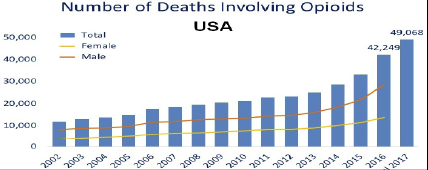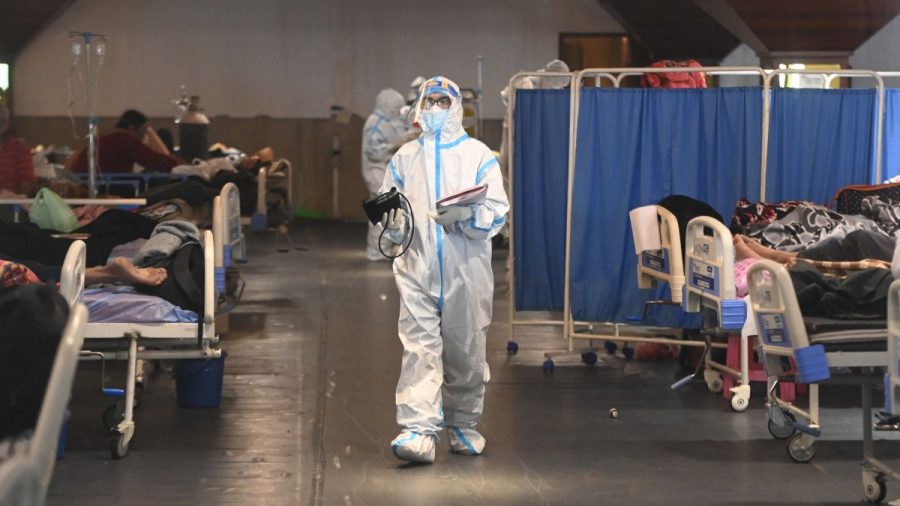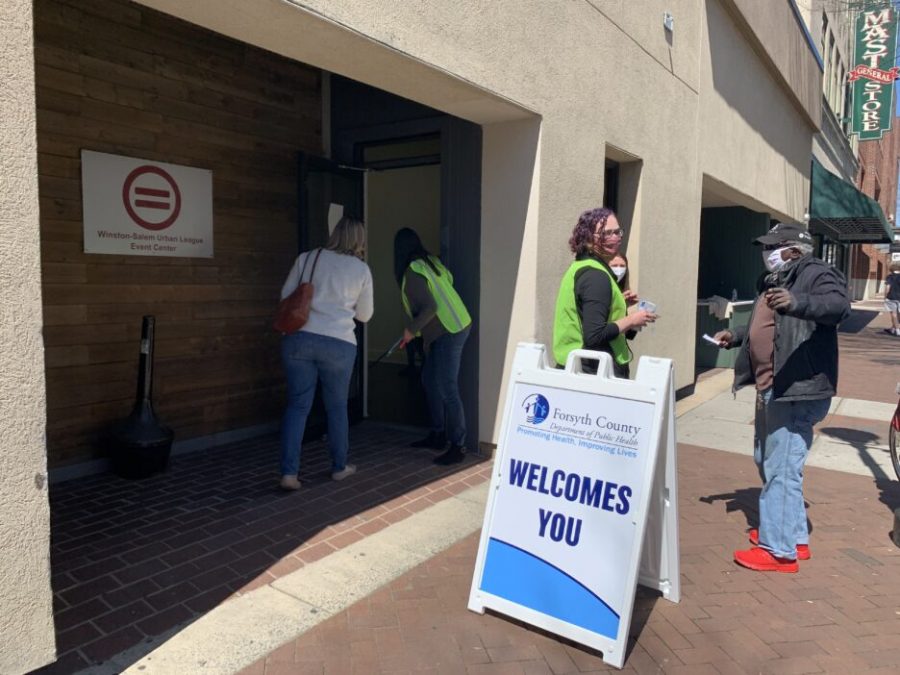Last night, over 60 guests attended a Dining Dilemma discussion in the Magnolia Room in Reynolda Hall entitled “A Deadly Dose — What is Your Role in the Opioid Epidemic?” The event is part of an ongoing series of dinner discussions put on with the support of Wake Forest’s Center for Bioethics, Health and Society.
Started in 2012, each Dining Dilemma has been planned by an executive steering committee comprised of students from different disciplines led by Dr. Pat Lord of Biology and Dr. Ana Iltis of Philosophy.
Over a catered dinner, committee members hosted table discussions exploring what the opioid crisis looks like in America and who it affects most.
Junior Callie Ollish, a member of the executive steering committee, shared that “the goal of Dining Dilemmas this semester was to break down the stigma of what addiction looks like in America, especially opioids, which are more abused now than in the past.”
Dr. Pat Lord noted that the audience was surprised by how addiction transcends socioeconomic and racial boundaries.
Aside from the ‘typical addict,’ she shared, “addicts can include a college professor, a physician and other professionals.”
More so, addiction transcends temporal boundaries. Her husband Dr. Richard Lord, a primary care physician, discussed how there are cycles of addiction trends.
At one point it was hallucinogens, then methamphetamines. Now, it seems to be opioids, which include heroin, fentanyl and prescription drugs like OxyContin®.
Opioids are drugs that hijack our natural reward systems by triggering the release of dopamine, a chemical in your brain called a neurotransmitter, that is responsible for a feeling of reward. This surge of dopamine, and subsequent euphoria, compels people to repeat the behavior preceding the effect — i.e. re-administer the drug.
Opioids act on specific receptors in our brain called mu receptors, which have an inhibitory effect. Because non-prescription opioids like heroin and fentanyl are extremely potent, taking these drugs can lead to the inability to breathe and death.
In the past year, Wake Forest’s Emergency Medical Services (WFEMS) has seen an uptick in opioid overdoses on campus. More specifically, during the 2017-2018 academic year, there were multiple overdose cases.
Fortunately, there is a medicine called naloxone (brand name Narcan®) that saves peoples’ lives by flushing out opioids. Typically used as a last resort, it helps people who overdosed and can’t breathe. A jarring fact is that WFUEMS confirmed four cases where they administered naloxone on campus. And, though many people see it as a life-saving drug, some believe it enables drug addicts to overdose, knowing EMS can save them.
One interesting point brought up at the discussion was whether or not the three-strike policy should be enacted. Essentially, this policy outlines that if you have called EMS twice before, and they administered naloxone both times, on the third call, if they suspect an overdose, they will not come. The majority seemed to agree with that policy from a financial standpoint but believed it unethical.
The next Dining Dilemmas event will take place in the spring semester.







